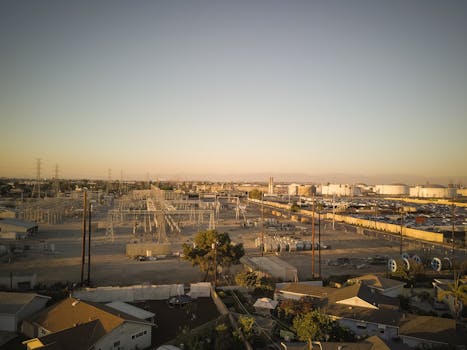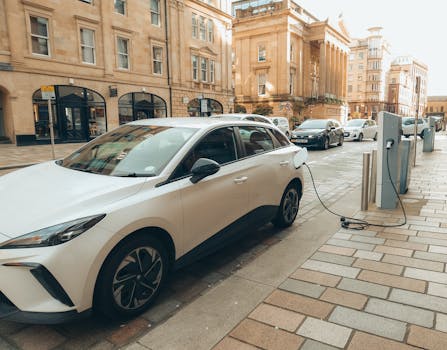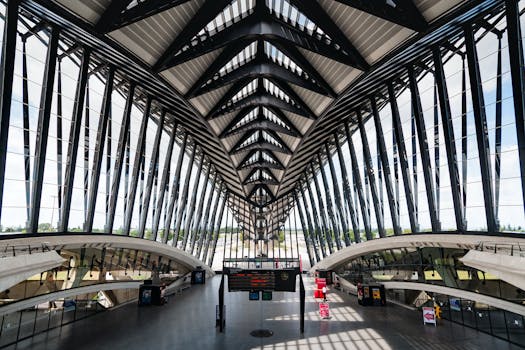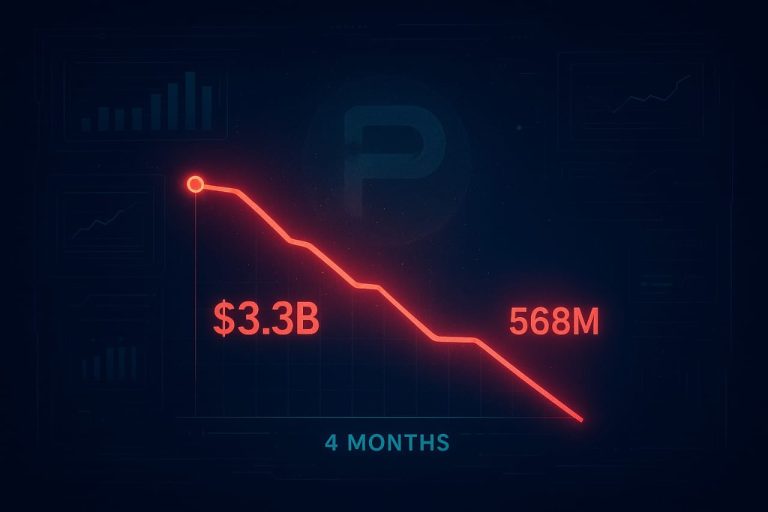
Smart Cities: Urban Trends for 2025
Smart Cities are the future of urban planning, and 2025 is set to be a pivotal year for the development of these innovative cities. Smart Cities are designed to be sustainable, efficient, and livable, using technology and data to improve the quality of life for citizens. In this article, we will explore the latest urban trends shaping the future of cities in 2025.
Section 1: Introduction to Smart Cities

Smart Cities are designed to be sustainable, efficient, and livable, using technology and data to improve the quality of life for citizens. The concept of Smart Cities has been around for several years, but it is only recently that we have seen significant advancements in the development of these cities. From smart infrastructure to sustainable development, Smart Cities are the future of urban planning.
Section 2: Key Trends in Smart Cities

There are several key trends that are shaping the development of Smart Cities in 2025. These include:
- Internet of Things (IoT): The IoT is a network of physical devices, vehicles, and buildings that are embedded with sensors and software, allowing them to collect and exchange data.
- Artificial Intelligence (AI): AI is being used in Smart Cities to analyze data and make decisions in real-time, improving the efficiency and effectiveness of city services.
- Sustainable Development: Smart Cities are designed to be sustainable, with a focus on reducing energy consumption, waste, and pollution.
- Smart Infrastructure: Smart Cities are investing in smart infrastructure, such as smart grids, smart transportation systems, and smart buildings.
Section 3: Benefits of Smart Cities

There are many benefits to Smart Cities, including:
- Improved Quality of Life: Smart Cities are designed to be livable, with a focus on improving the quality of life for citizens.
- Increased Efficiency: Smart Cities use technology and data to improve the efficiency and effectiveness of city services.
- Reduced Costs: Smart Cities can reduce costs by optimizing energy consumption, reducing waste, and improving public transportation.
- Enhanced Sustainability: Smart Cities are designed to be sustainable, with a focus on reducing energy consumption, waste, and pollution.
Section 4: Challenges and Opportunities

While Smart Cities offer many benefits, there are also challenges and opportunities that need to be addressed. These include:
- Cybersecurity: Smart Cities are vulnerable to cyber threats, and cities need to invest in cybersecurity measures to protect their systems and data.
- Privacy: Smart Cities collect and analyze large amounts of data, and cities need to ensure that they are protecting the privacy of their citizens.
- Equity and Access: Smart Cities need to ensure that all citizens have access to the benefits of Smart City technologies, regardless of their income or social status.
- Partnerships and Collaboration: Smart Cities need to foster partnerships and collaboration between different stakeholders, including government, private sector, and civil society.
Section 5: Conclusion

In conclusion, Smart Cities are the future of urban planning, and 2025 is set to be a pivotal year for the development of these innovative cities. From smart infrastructure to sustainable development, Smart Cities are designed to be sustainable, efficient, and livable, using technology and data to improve the quality of life for citizens. While there are challenges and opportunities that need to be addressed, the benefits of Smart Cities are clear, and cities around the world are investing in Smart City technologies to improve the lives of their citizens.




